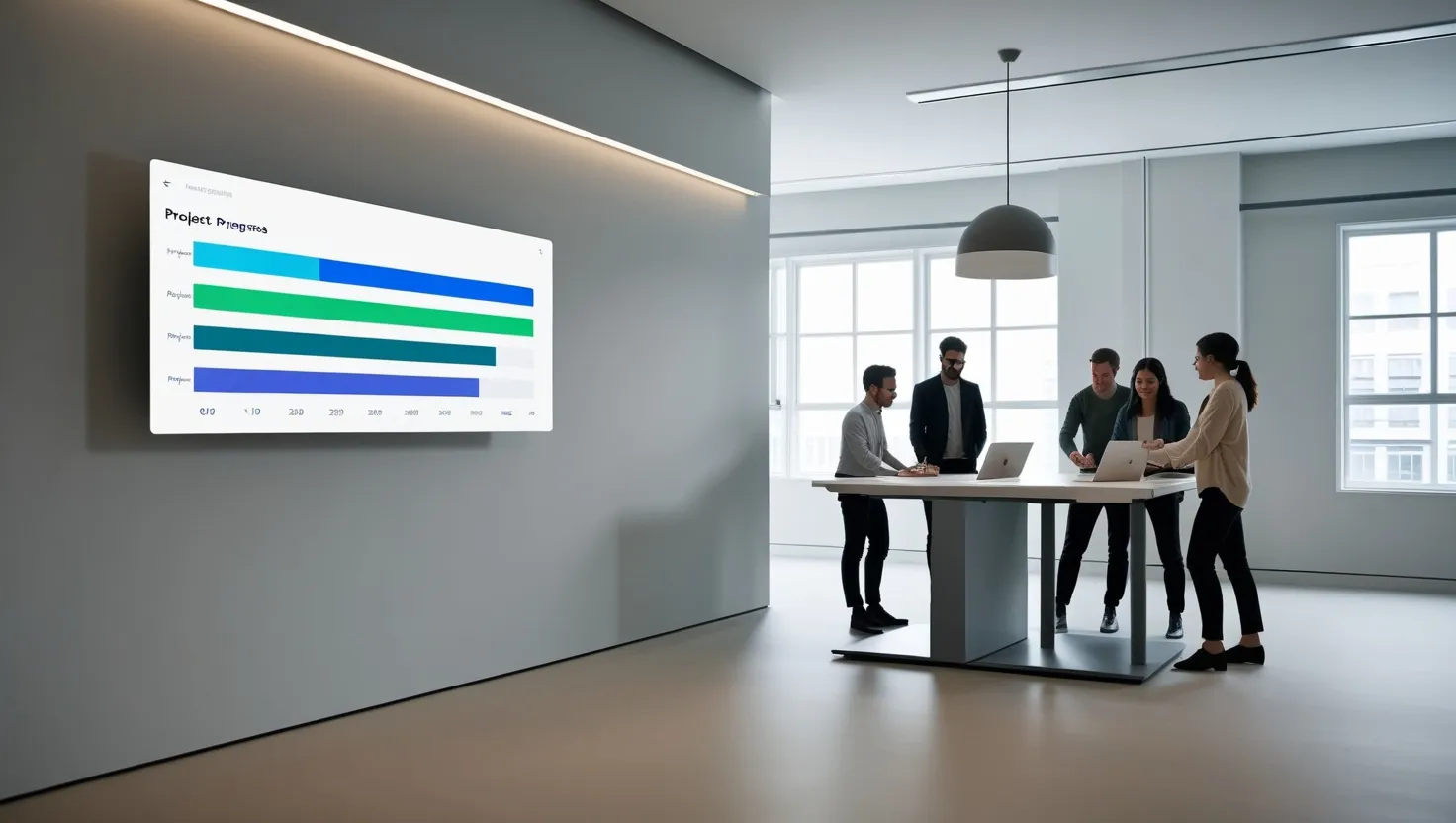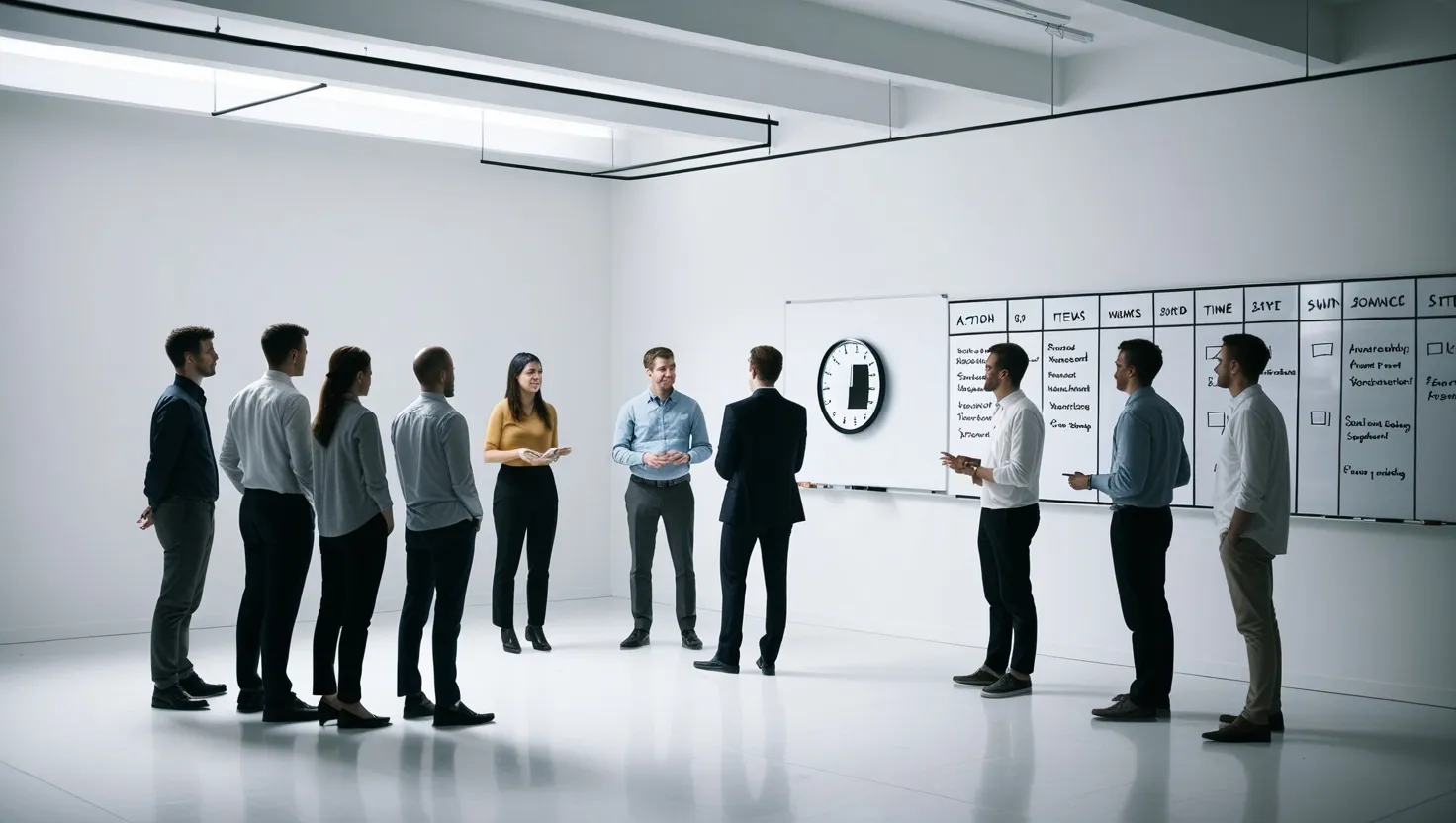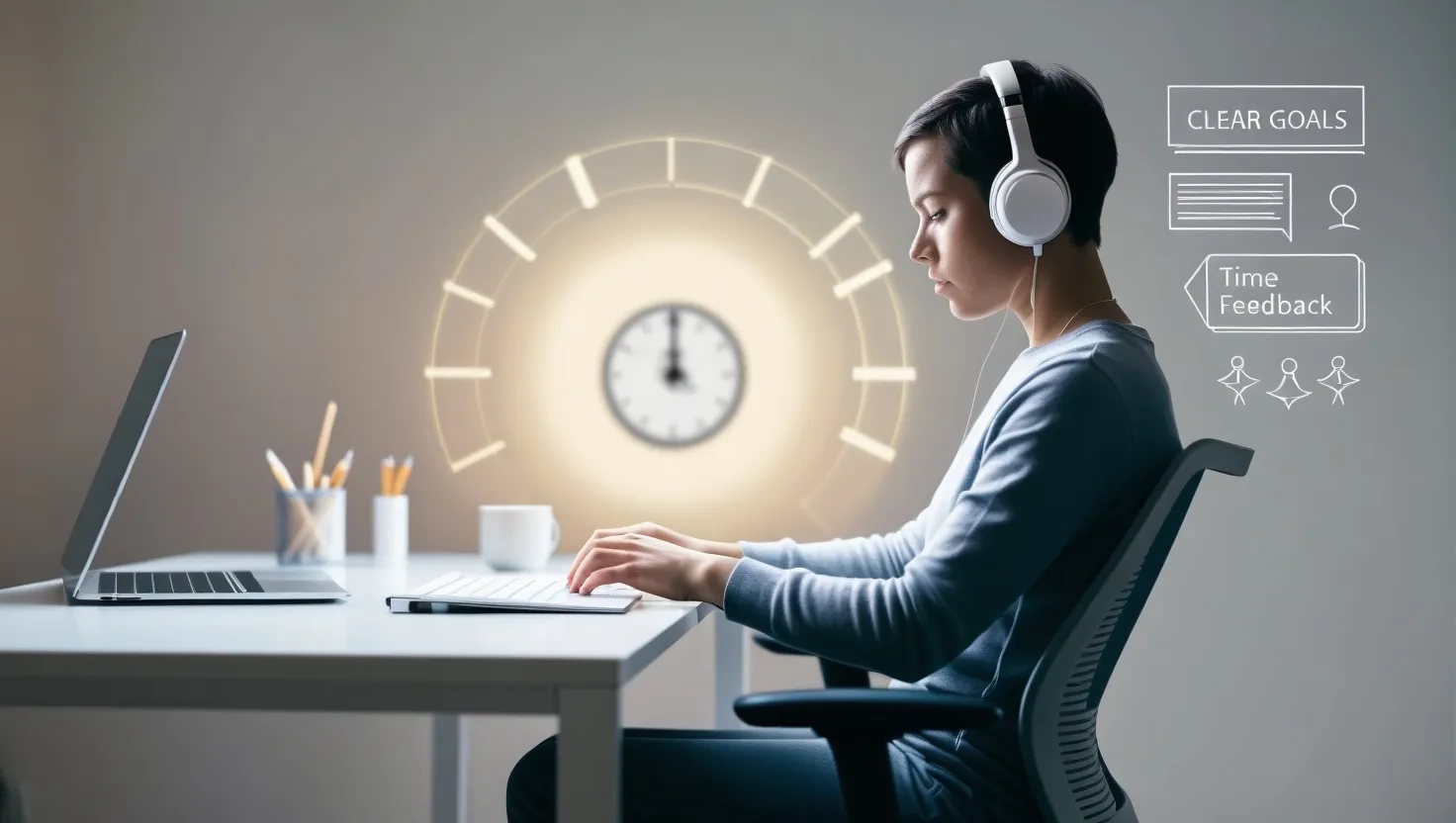8 Modern Productivity Methods That Actually Work in 2024 [Expert Guide]
Discover 8 adaptive productivity methods for modern work. Learn to align tasks with energy levels, minimize context switching, and maintain work-life balance. Transform your workday now. #productivity

6 Science-Backed Productivity Methods That Successful Leaders Use Daily [2024 Guide]
Discover 6 proven productivity techniques to maximize your work output and achieve high-impact results. Learn practical strategies for focused work, energy management, and goal achievement. Transform your workday now.

Sprint Management Methods: 10 Proven Techniques to Accelerate Project Delivery
Master project sprint techniques with proven strategies for enhanced team productivity and faster results. Learn daily pulse checks, energy management, and buffer blocks to accelerate project delivery. Start optimizing today.

7 Task Bundling Strategies to Double Your Daily Productivity (2024 Guide)
Learn 7 task bundling strategies to boost productivity and streamline your workflow. Discover practical tips for grouping similar tasks, managing time better, and achieving more in less time. Start optimizing your day now.

7 Productivity Hacks to Streamline Decision-Making and Boost Efficiency
Discover 7 productivity hacks to streamline decision-making, reduce stress, and boost efficiency. Learn to make better, faster choices aligned with your values. Transform your approach today!

12 Proven Strategies to Master Deep Work and Skyrocket Your Productivity
Discover 6 powerful strategies to master deep work and boost productivity. Learn to harness intense focus for exceptional results in today's digital world. Elevate your performance now!

7 Micro-Habits to Boost Focus and Productivity: Transform Your Workday
Discover the power of micro-habits to boost focus and productivity. Learn simple, daily actions that can transform your work life. Implement these easy strategies today for lasting results.

Maximize Productivity: 5 Time Compression Techniques for Efficient Work
Unlock the secrets of time compression and boost your productivity. Learn techniques like task stacking and rapid prototyping to achieve more in less time. Start your journey to efficiency today!

Habit Triggers: 8 Powerful Ways to Automate Your Productivity
Discover how habit triggers can transform your productivity. Learn to leverage visual cues, time-based actions, and technology to automate good habits and boost efficiency. Unlock your potential now.

6 Powerful Productivity Accelerators to Boost Your Efficiency
Boost productivity with 6 powerful techniques. Learn time-blocking, prioritization, and task batching. Transform your work routine and achieve more in less time. Discover practical tips now.

7 Innovative Strategies to Boost Meeting Productivity and Efficiency
Maximize meeting productivity with 7 innovative strategies. Learn how to streamline discussions, boost engagement, and ensure actionable outcomes. Transform your meetings today!

6 Powerful Decision-Making Frameworks to Boost Your Productivity
Discover 6 powerful decision-making frameworks to boost productivity. Learn how to make informed choices, align with goals, and drive success. Maximize your efficiency today!

7 Proven Flow State Triggers to Boost Productivity and Creativity
Discover 7 practical flow state triggers to boost productivity and creativity. Learn how to optimize your environment, set clear goals, and harness mindfulness for peak performance. Click to unlock your potential!
